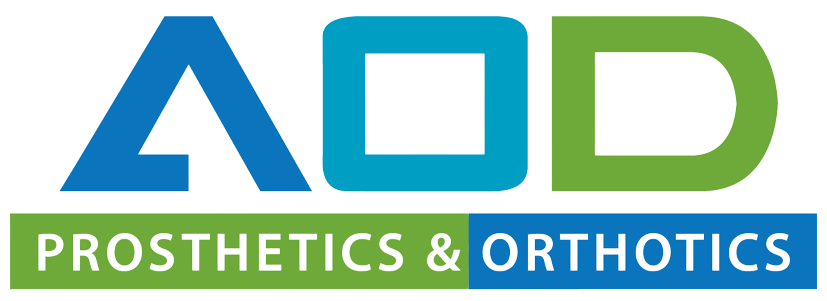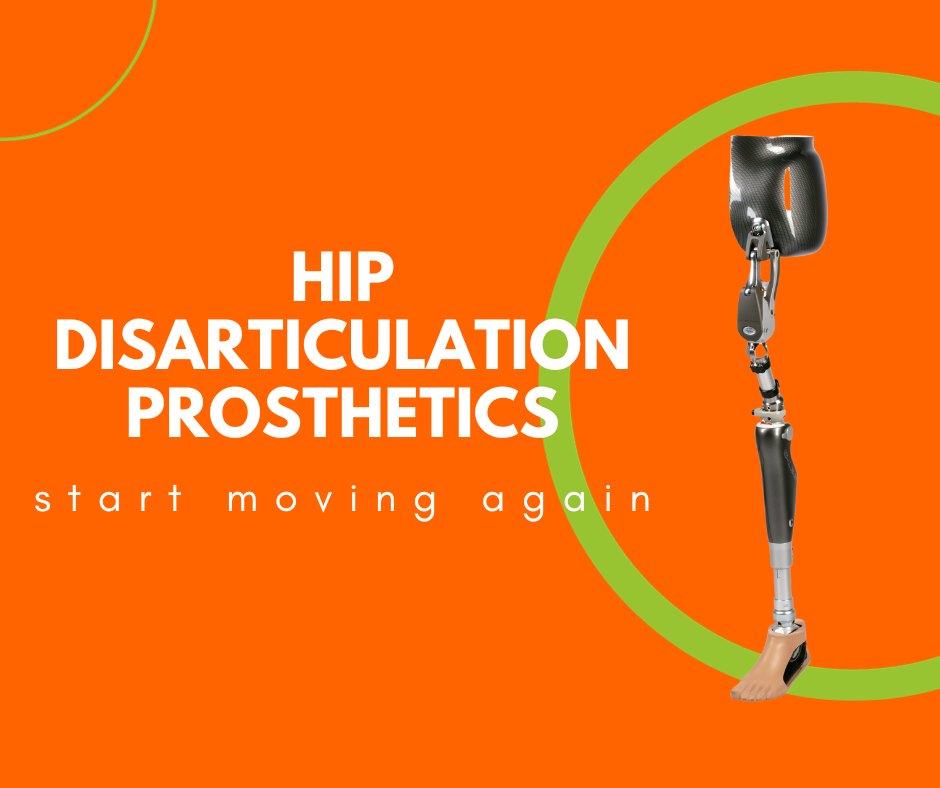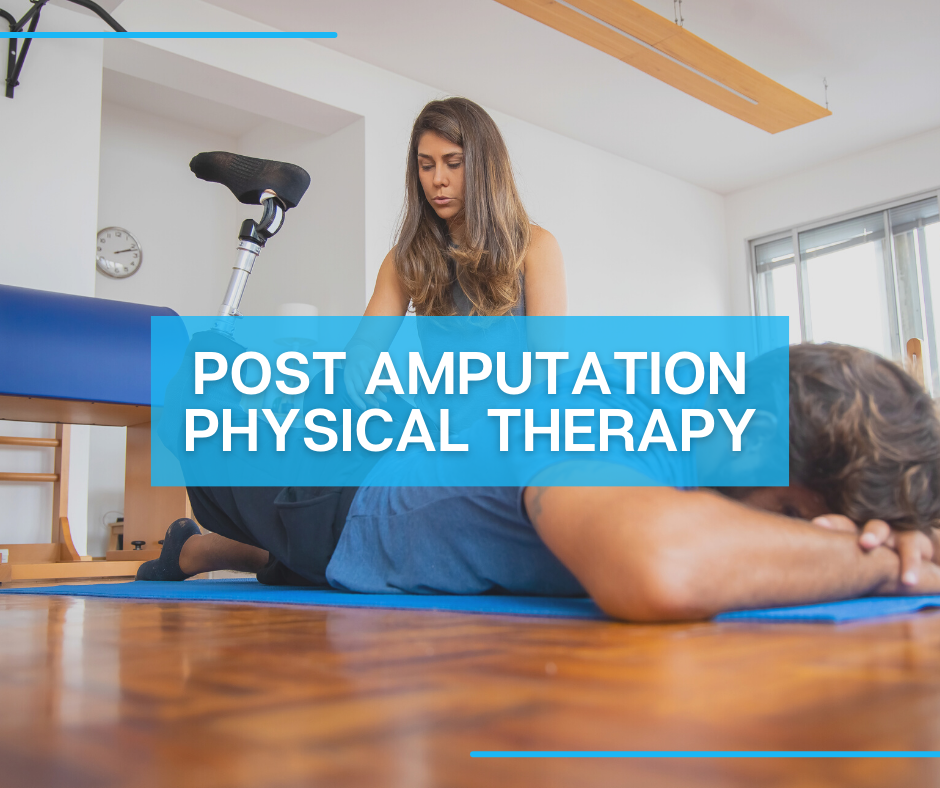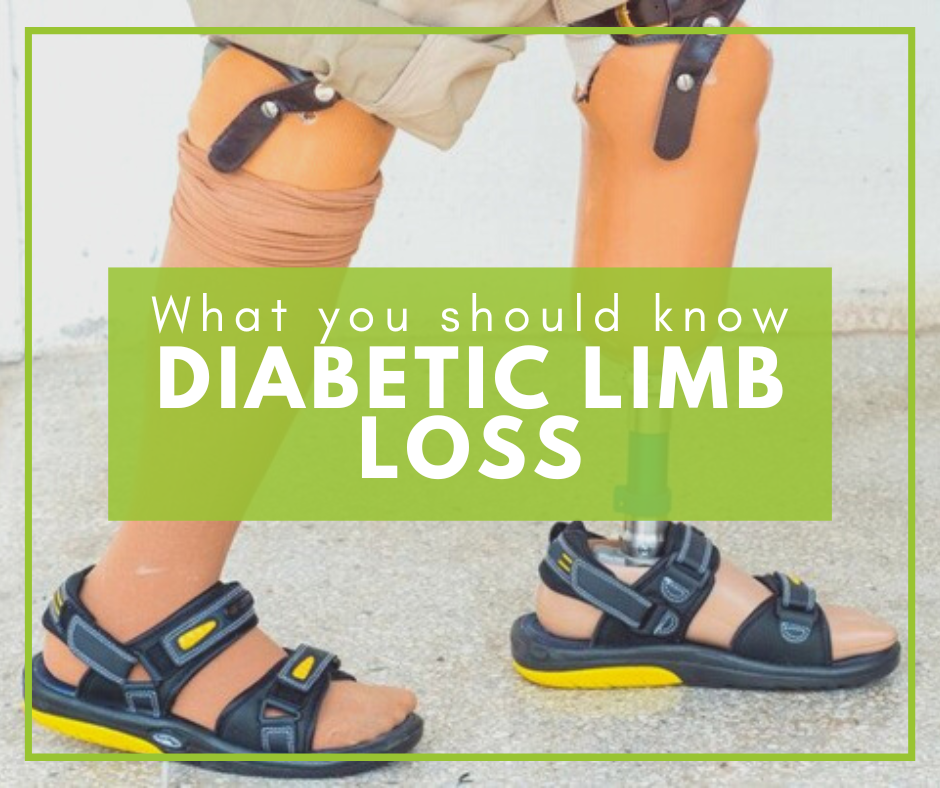
Start Moving Again with Hip Disarticulation Prosthetics

Hip disarticulation refers to the removal of the entire leg up to the hip joint. This amputation can be very challenging for patients. Fortunately, amputees who have had a lower limb removed are not without hope. With a hip disarticulation prosthesis, you can expect to have upright mobility again. Using the prosthesis and subsequent rehabilitation, you will learn how to move the prosthetic hip joint as well as the knee, ankle, and foot.
What Is a Hip Disarticulation Prosthesis?
Simply put, a hip disarticulation prosthesis is an artificial limb used by amputees who had an amputation near the hip joint. Thanks to innovations in design, you can expect to have freedom again due to the increased movement of the prosthesis. Modern advances include foot and knee systems that can be moved with a microprocessor. This enables the prosthesis to move like an actual limb, allowing you to perform activities you did before the amputation. Through our services here at AOD Prosthetics and Orthotics, you can expect to be fitted with a limb prosthesis that lets you maintain your lifestyle.
Get an Evaluation with Us
The first step in getting a hip disarticulation prosthesis is having an evaluation performed by one of our prosthetists. Only a small number of clinical practices are equipped to help fit you with a hip disarticulation prosthesis—and AOD Prosthetics and Orthotics is one of those practices ready to assist with your rehabilitation. Through years of experience, we're ready and capable of helping with fitting you with your prosthesis.
However, before you contact us, it's a good idea to prepare any questions you may have about getting fitted for a prosthesis. When you meet with us for your evaluation, we'll go over a few areas to ensure you receive the right type of custom prosthesis. These include evaluation of your work life, hobbies, medical history, current health, and living environment.
Getting Ready
Getting fitted with a prosthesis can be quite an endeavor. You'll have to take time to get used to moving with the artificial limb, but through hard work and the right mindset, you'll be able to move around comfortably.
You may want to prepare for your prosthesis by doing some of your own research. This can include asking our medical team any questions you may have about the prosthesis. You also will want to consider meeting with another amputee who has been fitted with a hip disarticulation prosthesis.
When you do meet with our team, we'll go over any activities you want to continue performing. Any prosthesis is limited by how well it can perform daily living activities. Our team will work with your daily life to ensure you can still perform these activities. That's why it's a good idea to write a list of activities you used to perform, including any sports or hobbies you had.
Start Moving!
After receiving your hip disarticulation prosthesis, you're ready to resume your daily life. Following research and preparation, it's time to start practicing and moving around. It may be difficult at first, but with the right rehabilitation process, you'll be able to resume activities you thought you would have to give up.
Our office is proud to offer continuous support once you've received your prosthesis. Whether it's getting used to resuming daily activities or considering advanced options for your limb system, we can help. Our prosthetists are happy to work with you to make sure you are prepared to perform activities such as a sport or a leisure hobby that requires custom components.
Common Problems with Your Prosthetic Device
Even with rehabilitation, using a prosthetic leg can prove somewhat difficult. A common issue many amputees must deal with is sweating, which can cause skin irritation. You might also suffer from the pain of a phantom limb. The good news is that there are common ways to deal with these problems.
The first is to practice good hygiene to keep the site clean. Also, don't skip out on physical therapy. Even if you don't think you need it, physical therapy can help ease the transition to the artificial limb. This includes building regular exercise habits that can help you with your prosthesis.
Finally, keep in contact with your prosthetist. Communication is vital to ensure we can help deal with any potential problems. While you may be inclined to do everything by yourself, remember that our experienced team can help.
Why You Should Choose AOD Prosthetics and Orthotics
When you choose AOD Prosthetics and Orthotics for your hip disarticulation prosthesis, you're in good hands. We're ready to get you moving again right from the very first assessment. Our service includes helping you choose the right limb system and getting you on the road to resuming daily activities. We know modern technology can get complicated, which is why we'll help you make an informed decision. Our team of consultants and clinicians will also support your rehabilitation process. If you require a hip disarticulation prosthesis, contact us today.
Treatment & Planning for Tomorrow
AOD Prosthetics & Orthotics combines the highest technology available with the best patient care. Bilingual mobile prosthetic service in San Antonio. Serving amputees and improving their quality of life.

All Rights Reserved | AOD Prosthetics & Orthotics | San Antonio, TX


